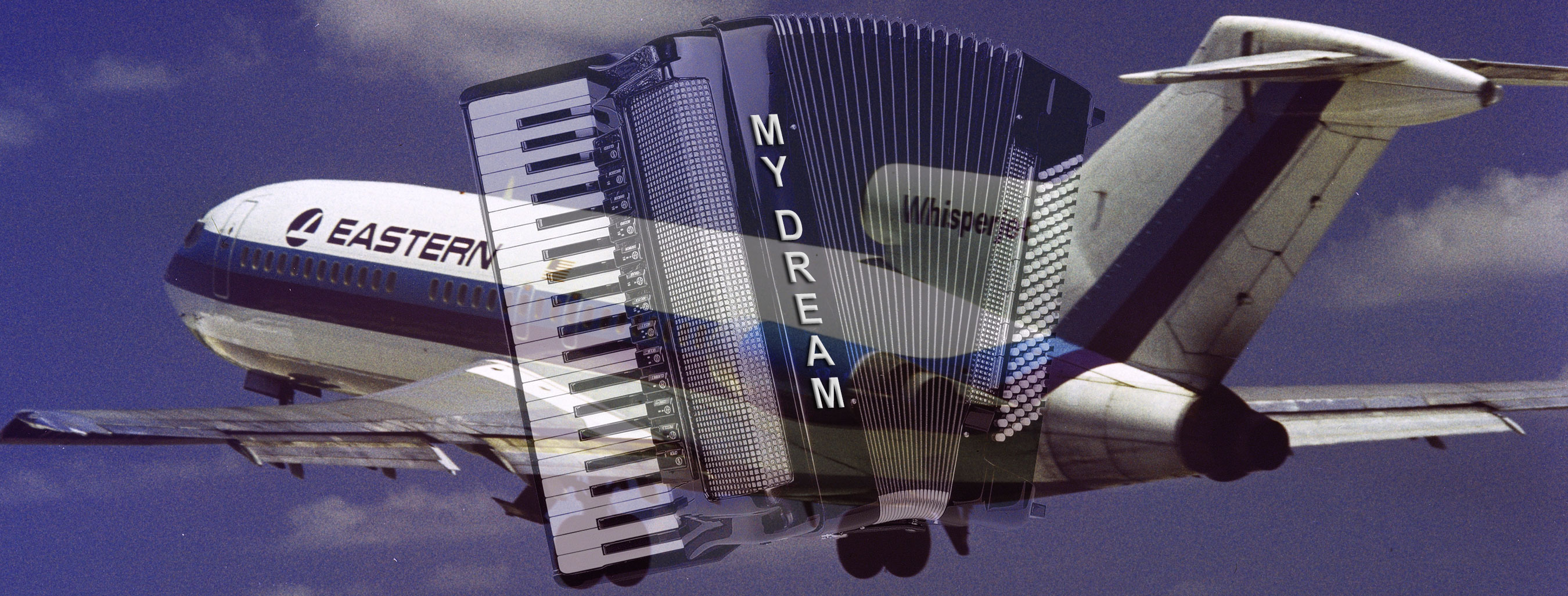7 Crucial Tips You Should Follow When Flying With Your Accordion
Accordion
Care & Maintenance
What’s even scarier than snakes on plane? Instruments on plane! After spells of hard work, you may be packing up to head out on a much-needed travel break for some quality time. If you are planning to bring your accordion along to add to the magic, here are seven important tips to keep in mind while travelling:
1. Know the Airline Policies
In 2013, the Congress ruled any musical instrument that fits the plane’s overhead compartment can be brought on the plane as a carry-on item, which is excellent news for musicians who small-sized instruments, such as violins, ukulele and travel-sized accordions and guitars. For larger instruments, like basses and cellos, depending on their size and the airline, you might have to pay an extra fee or even buy an additional ticket for your instrument friend to be able to travel with you.
Even if you are not travelling by means other than a plane, i.e. a boat, train, or even your dad’s RV, you should still have a good idea about the policies regarding baggage. The more you know, the better you will be prepared to build your case should anyone have a problem with your instrument.
2. Prepare Your Instrument for Flight
Remember that storage for carry-on baggage follows the ‘first come, first served’ basis, so it is best to prepare for instrument for gate check. This way, you will be covered even if there is a shortage of room on board. Keep the following pointers in mind:
Make sure your instrument is stored in a hard case, not a soft one, and especially not a polyfoam one. Although polyfoam cases are great for providing adequate protection and portability for day-to-day handling, they still cannot make up for the abuse faced by luggage during and after a flight.

Choose a firm wooden case, even though you can never really go wrong with a case especially designed for travelling with TSA latches. SKB and Gator are two great companies that make flight-safe cases, but they can be a little expensive as compared to the other standard ones.
Do not pack any tools and accessories in the same case as the accordion. Examples may include tuners, cleaning supplies, shoulder straps, extra buttons and keys, multi-tools, cutters, string winders and hex wrenches.
Although these items may seem pretty commonplace and harmless for musicians, they may be foreign and unfamiliar to airport security staff. You need to avoid giving anyone a reason to carry out a search on you because not only does it waste time but can also lead to accidental dropping and rough handling of the delicate accordion.
When placing the accordion in its protective casing, be sure that it fits perfectly, without leaving any evident wiggle room. If you notice an unoccupied spots, stuff them with towels, T-shirts or rags, but not too much that it ends up adding extra pressure on the instrument enough to potentially harm it, but sufficient for preventing the accordion from moving freely around.
3. Put an ID Tag on the Accordion Case
A musician’s worst nightmare is to lose his prized possession just before a performance or a big event. Avoid that by sticking a big ID tag, written in comprehensible writing, on your accordion’s case, front and back. This should include your name, contact information, address and emergency contact info.
4. Take Into Consideration the Elements
Whether you are driving yourself to the airport or taking a cab, make sure to not put your accordion in the vehicle’s trunk for long periods, especially during the day. Leaving an accordion in a scorching day in the back of the car’s trunk will only ruin its finish, warp the wood, and may cause serious damage to the keys and bellows. Consider the climate. If the weather of the destination you are travelling to is dry, consider bringing along a humidifier, which will help maintain the accordion’s moisture level in a healthy way.
5. Arrive Early
Whenever you are travelling, it is always a good idea to arrive early, especially if you are carrying an instrument. Having plenty of time before your flight takes off will allow you to tackle any hurdles that may spring up at the last minute, for example a particularly exasperated cab driver. Having some time on hand will help you maneuver your way to the ideal spot on the plane or bus, and that could be the difference between keeping your accordion in the overhead compartment or being forced to checking it in (and risk having it handled roughly).
6. Boarding Tips
Now that you have packed your accordion safely and securely, keep in mind the following tips for safe and successful boarding:
Keep your cool with airport security staff and be polite when dealing with them. Arguing or behaving rudely will only risk your chances of successfully carrying your accordion on board. Treat them with respect and you will be more likely to get accommodated better.
Always carry a copy of the official rules and policies regarding instruments as some flight attendants and gate agents might be unaware and can therefore cause unnecessary hassle.
You can be a little sneaky and pay more for priority to ensure you find a spot for your accordion before the overhead compartment fills up.
Some airlines keep an additional storage room or closet, which can vary according to the size of the aircraft. Make sure you inquire about this from a flight attendant to safely stow your accordion throughout the flight.
7. Always Be Prepared
You always need to be prepared when travelling with your accordion. Keep extra cash on hand, in case you need to buy an extra ticket to place the instrument. Be extra careful and make sure all zippers are thoroughly zipped, clasps tightly closed and your name and addressed clearly pasted on the outside and inside of the case. Also, be prepared to repack your instrument efficiently in case it is opened up and searched.
Buy an accordion on Amazon. (sponsored link)
